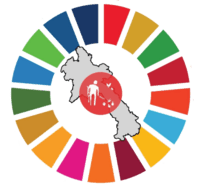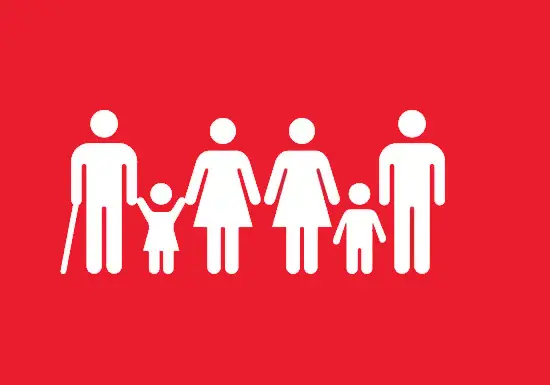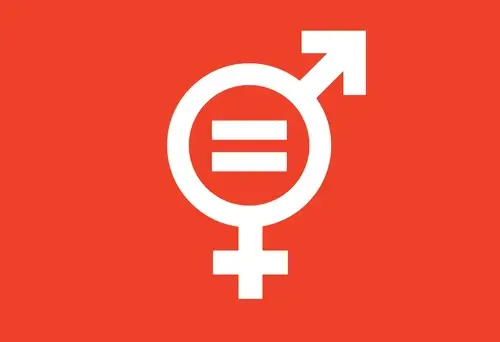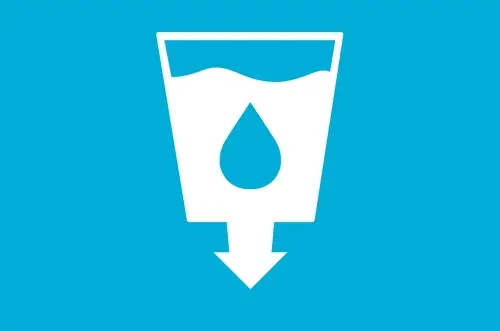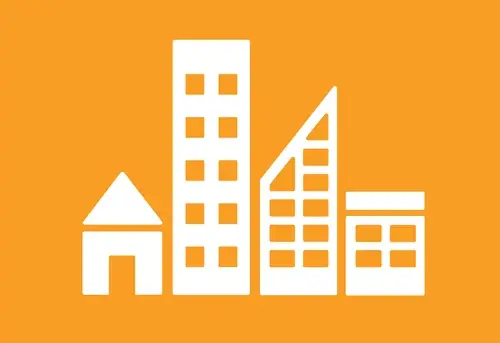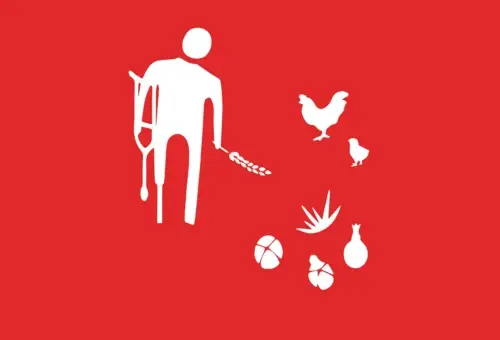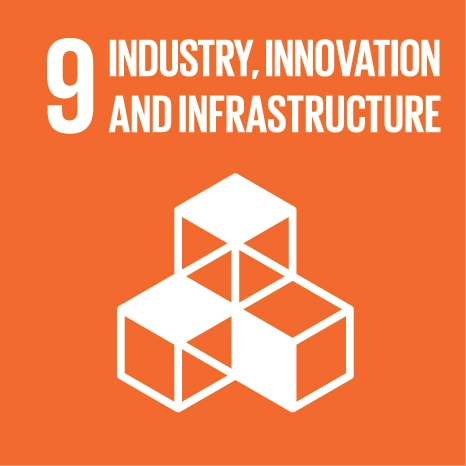
Build resilient infrastructure, promote inclusive and sustainable industrialization and foster innovation
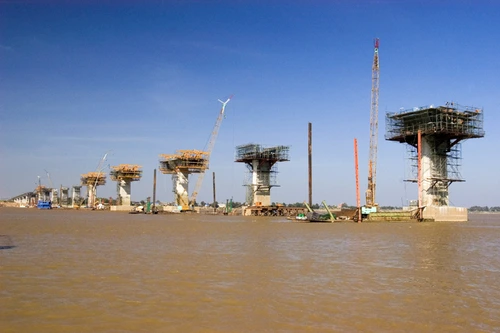
9.1 Develop quality, reliable, sustainable, and resilient infrastructure, including regional and trans-border infrastructure, to support economic development and human well-being, with a focus on affordable and equitable access for all.
9.2 Promote inclusive and sustainable industrialization and, by 2030, significantly raise industry's share of employment and gross domestic product, in line with national circumstances, and double its share in least developed countries.
9.3 Increase the access of small-scale industrial and other enterprises, particularly in developing countries, to financial services, including affordable credit, and their integration into value chains and markets.
9.5 Enhance scientific research, upgrade the technological capabilities of industrial sectors in all countries, particularly developing countries, including, by 2030, encouraging innovation and substantially increasing the number of research and development workers per 1 million people and public and private research and development spending.
9.a Facilitate sustainable and resilient infrastructure development in developing countries through enhanced financial, technological, and technical support to African countries, least developed countries, landlocked developing countries, and small island developing States.
9.b Support domestic technology development, research, and innovation in developing countries, including by ensuring a conducive policy environment for industrial diversification and value addition to commodities.
9.c Significantly increase access to information and communications technology and strive to provide universal and affordable access to the Internet in least developed countries by 2020.
9.1.1.a Share of the rural population who live in villages with all-weather road access.
9.1.1.b Share of the villages with and without all-weather road access:
- Urban
- Rural
9.1.2 Passenger volumes (million passenger-km):
- Road
- Rail
- Air
- Waterways
9.1.3 Freight/goods volumes (million ton-km):
- Road
- Rail
- Air
- Waterways
9.2.1 Manufacturing value added as a percentage of GDP and per capita.
9.2.2 Manufacturing employment as a percentage of total employment.
9.2.3 Growth rate of new enterprises registered.
9.3.1 Percentage share of SMEs in total industry value added.
9.3.2 Percentage of small-medium enterprises (SMEs) with a loan or line of credit.
9.5.1 Research and development expenditure as a percentage of GDP (Increase government budget on investment in science and technology to 2% by 2025).
9.5.2 Researchers (in full-time equivalent) per million inhabitants (Increase the number of researchers to 120.1 per million inhabitants by 2020).
9.a.1.a Total value of ODA earmarked for infrastructure projects.
9.a.1.b Total value of Foreign Direct Investment (FDI) earmarked for infrastructure projects.
9.b.1 Percentage of medium and high-tech industry value added in total value added (Increase value added from technology and revolution to 1% of total value added).
9.c.1 Percentage of population covered by a mobile network, regardless of use, disaggregated by technology:
- Total
- 2G
- 3G
- 4G
